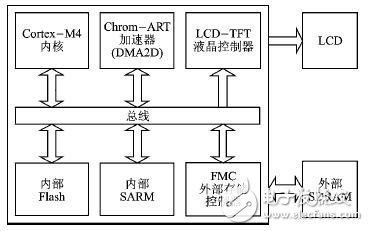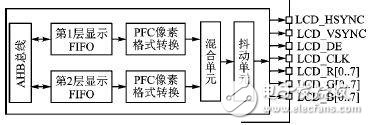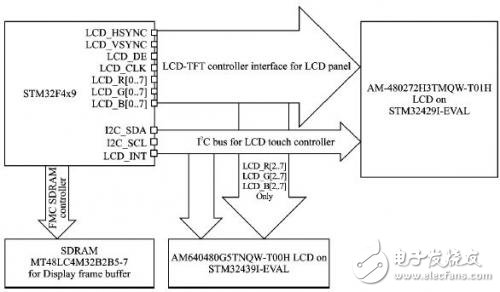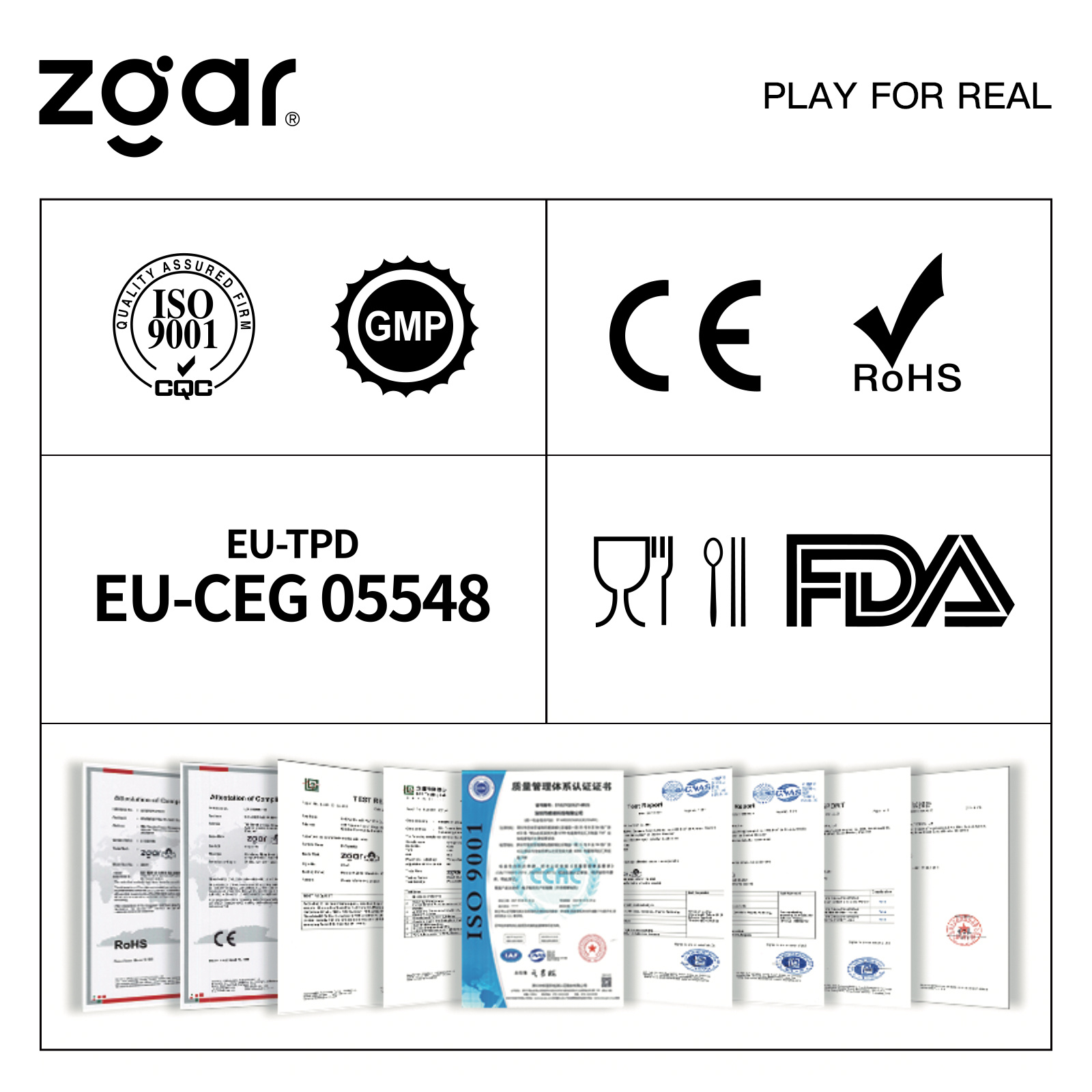With the increasing demand for human-machine interface (GUI) in medical, industrial and consumer electronics applications, highly integrated, high-performance TFT liquid crystal display solutions have become an important part of electronic product design and development. In the absence of a built-in LCD controller, a serial or parallel bus interface is often used between a microcontroller and a liquid crystal panel with a built-in controller. Due to the data transfer speed of the connection bus, it is difficult to support a higher display resolution. And picture quality.
STMicroelectronics has introduced the STM32F4x9 microprocessor based on the ARM Cortex-M4 core. With the built-in LCD-TFT display controller and Chrom-ARM graphics accelerator, SVGA high-resolution and high-quality display quality is possible. This paper completed the hardware design of liquid crystal display around STM32F4x9 microcontroller, and introduced the software application development based on this hardware platform and STemWin.
1 based on STM32F4x9 LCD display system architectureThe performance of the liquid crystal display in the electronic system depends not only on the driving capability of the built-in LCD TFT liquid crystal controller of the microcontroller, but also includes support for maximum display resolution, screen refresh rate, and pixel data format, as well as data in memory and liquid crystal control. The transfer capability between the devices and the flexibility of displaying image data processing.
1.1 LCD display system based on STM32F4x9
The STM32F4x9 provides designers with an LCD display system architecture consisting of a bus controller including the ARM Cortex-M4 core, Chrom-ART graphics accelerator, LCD-TFT liquid crystal controller, and internal Flash, RAM and external SDRAM. Referring to FIG. 1, the Chrom-ART accelerator and the LCD-TFT controller can perform image processing in cooperation, including pixel format conversion, two-layer image mixing, etc., and transfer display frame buffer data located in the external SDRAM to the LCD-TFT. On the LCD screen of the controller.

Figure 1 STM32F4x9 LCD display system architecture
For example, the Chrom-ART Accelerator can process graphics elements stored in internal Flash and transfer them to internal RAM, and further create a display frame buffer in the external SDRAM and refresh the display. The LCD-TFT liquid crystal controller will then complete the image transfer from the external SDRAM to the LCD display.
1.2 LCD-TFT controller structure and function
As an AHB bus controller, the LCD-TFT controller has two dedicated FIFOs for respectively transferring two layers of display images from the memory and converting them into the same ARGB8888 color format by a separate pixel format conversion unit, thereby supporting RGB888, Multiple pixel formats including RGB565, ARGB1555, ARGB4444, L8, AL44, and AL88. As shown in FIG. 2, the mixing unit is responsible for mixing the two-layer image of the same format together with the background color, and transmitting the final display data to the liquid crystal panel via the dithering unit. The data transfer between the LCD TFT controller and the LCD screen is completed by 24-bit data R[07], G[07], B[07], the row and column sync signal LCD_HSYNC, LCD_VSYNC, clock signal LCD_CLK and data enable signal LCD_DE.

Figure 2 LCD TFT controller structure and function
1.3 Chrom-ART Graphics Accelerator Structure and Function
Another AHB bus controller in the system, the Chrom-ART graphics accelerator, is a dedicated graphics display processing DMA. It can copy part or all of the source image to the target image and simultaneously convert the image pixel format. As shown in Figure 3, the Chrom-ART accelerator can also perform a blending of the foreground and background images and allows the pixel format of the output image to be specified. Based on the powerful support and flexible use of the Chrom ART accelerator, the CPU load of image processing will be greatly reduced.

Figure 3 Chrom ART graphics accelerator structure and function
2 STM32F4x9 LCD-TFT interface hardware design
The STM32F4x9 LCD-TFT controller provides parallel 24-bit RGB digital interfaces (LCD_R[07], LCD_G[07], LCD_B[07]), row and column sync signals LCD_HSYNC and LCD_VSYNC, as well as clock LCD_CLK and data enable signal LCD_DE, which can be conveniently Direct connection to a variety of different LCD displays.
LCD display extensions for 24-bit and 18-bit wide RGB interfaces are implemented on the STM32429I EVAL and STM32439I EVAL evaluation boards, respectively. It should be pointed out that when the interface width of the LCD screen needs to be less than 24 bits, which is RGB565 or RGB666, the high-order data line of each color must be connected to the expanded LCD screen. For example, as shown in Figure 4, the R[27], G[27], B[27] signals of the liquid crystal controller are respectively associated with the R[05], G[05] on the LCD panel on the STM32439IEVAL evaluation board. B[05] is connected.

Figure 4 STM323x9I EVAL LCD hardware interface design
It can be seen that based on the STM32F4x9 controller, it is very convenient to construct a liquid crystal display hardware system composed of a liquid crystal panel directly connected to the TFT LCD controller and an external SDRAM externally connected to the FMC.
3 graphics stack software library STemWinThe free STemWin graphics package is a collaborative development of STMicroelectronics and Segger based on Segger's market-proven emWin embedded graphics package. STemWin dramatically enhances graphics performance with the built-in LCD-TFT controller and Chrom-ART accelerator from the STMicroelectronics STM32F4 microcontroller, and is equipped with PC design tools to support high-performance GUI development.
STemWin graphics package supports JPG, GIF and PNG decoding. The widgets carried with the package make the creation of a simple GUI faster and more convenient, and support the professional development tool GUIbuilder, thus achieving simple drag and drop action.
ConclusionBased on the built-in LCD-TFT controller, Chrom-ART graphics accelerator and FMC external SDRAM controller, ST's STM32F4x9 microcontroller makes it easier and more flexible to build LCD display systems in mobile portable devices.
ZGAR AZ Bingo Vape
ZGAR electronic cigarette uses high-tech R&D, food grade disposable pod device and high-quality raw material. All package designs are Original IP. Our designer team is from Hong Kong. We have very high requirements for product quality, flavors taste and packaging design. The E-liquid is imported, materials are food grade, and assembly plant is medical-grade dust-free workshops.
Our products include disposable e-cigarettes, rechargeable e-cigarettes, rechargreable disposable vape pen, and various of flavors of cigarette cartridges. From 600puffs to 5000puffs, ZGAR bar Disposable offer high-tech R&D, E-cigarette improves battery capacity, We offer various of flavors and support customization. And printing designs can be customized. We have our own professional team and competitive quotations for any OEM or ODM works.
We supply OEM rechargeable disposable vape pen,OEM disposable electronic cigarette,ODM disposable vape pen,ODM disposable electronic cigarette,OEM/ODM vape pen e-cigarette,OEM/ODM atomizer device.


ZGAR AZ Bingo Vape Disposable Vapes,ZGAR AZ Bingo Vape disposable electronic cigarette, ZGAR bingo vape pen atomizer ,ZGAR AZ Bingo Vape E-cig,AZ Bingo Vape disposable electronic cigarette,disposable vape,zgar bingo box
ZGAR INTERNATIONAL(HK)CO., LIMITED , https://www.zgarecigarette.com
